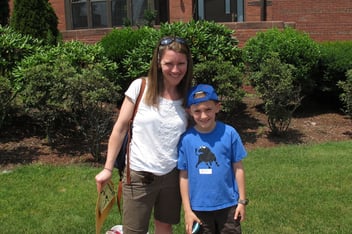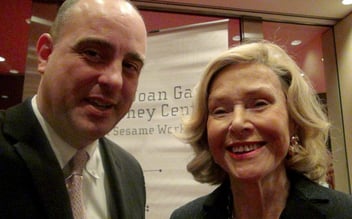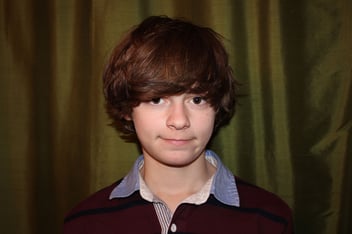What if a Radical New Teaching Method Could Create a New Generation of Geniuses?

"Innovation, creativity, and independent thinking are increasingly crucial to the global economy." One teacher, fed up with the glazed looks of his students and with the usual curriculum of lectures and memorization, decided to upend everything. His decision changes his students' lives forever.
On its own, that sentence sounds basic enough, one that a teacher might ask his or her students at any given point, during any given lesson. But in one classroom in a community like Matamoros, Mexico, a poverty-stricken border city best known as being "the flashpoint of the war on drugs," those words had the power to launch an education revolution.
Reframing the Concept of Education
These days, tales of student-directed learning are often at the forefront of articles on education and learning, with almost none featuring as prominently as Sir Ken Robinson's TED Talk, How Schools Kill Creativity. In a piece for Wired Magazine, Joshua Davis traveled to Matamoros to see just how a "radical new teaching method" was playing out on the ground — and altering the trajectory of its students.
Putting Students in the Driver's Seat
A teacher at Matamoros' José Urbina López Primary School, Juárez Correa started looking online for new ways to make teaching more engaging (for himself and his students). He came across the work of Sugata Mitra, a professor of educational technology at England's Newcastle University, online. Through a series of experiments in India, Mitra gave children access to computers with no instruction whatsoever. The children were not only able to figure out how to turn on the machines and operate them, they were able to teach themselves all sorts of things, "from DNA replication to English."
In Correa's classroom, however, access to the Internet is all but nonexistent. So instead, Correa asked his students questions — like finding the volume of a pyramid or running their own in-class democracy — and left it to them to collaborate and figure out the answers. It worked. The students flourished, and performed better on the end-of-year standardized exams than ever before. So much so that Paloma, Correa's brightest pupil, earned the top math score in her age range in all of Mexico.
But, Davis writes, "Juárez Correa had mixed feelings about the test. His students had succeeded because he had employed a new teaching method, one better suited to the way children learn. It was a model that emphasized group work, competition, creativity, and a student-led environment. So it was ironic that the kids had distinguished themselves because of a conventional multiple-choice test."
How Student-Centric Learning Can Impact a Child
As Correa later found out, his teaching methods did more than simply give his students the tools they needed to perform well on tests. For Paloma, it unlocked her innate potential, simply because for the first time in her memory, math actually became "interesting." And for the rest of the class, including Usiel, a natural leader, it granted them the opportunity to take charge of what — and how — they were learning. Because they were in charge of their learning experience, the students became that much more engaged, interested, and invested in everything happening in the classroom, and in driving their own education.
Our global educational systems still have a long way to go in both how they teach children and how they measure intelligence, aptitude, and success. Correa's teaching philosophy — centered on creativity, innovation, and independent thinking — is one of the brightest lights out there.
* * *
To read the rest of this story, and find out what educational innovators are doing the world over, you can check it out either in English or in Spanish.



